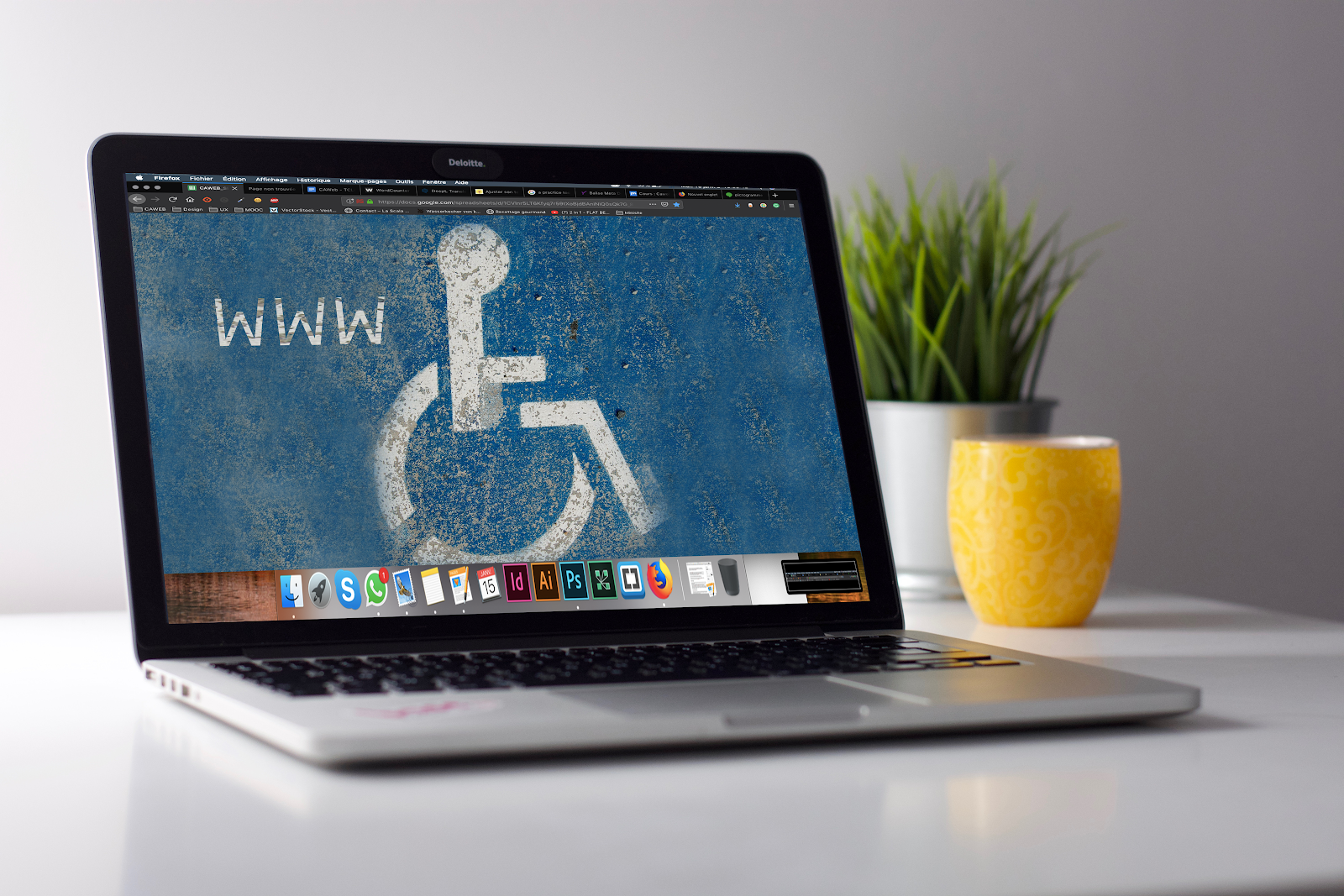According to the Web Accessibility Initiative’s website, “Web accessibility means that websites, tools, and technologies are designed and developed so that people with disabilities can use them.” Through this article, you will find some tips and tricks in order to make your interface more accessible!
Why is Web accessibility important?
“The power of the Web is in its universality. Access by everyone regardless of disability is an essential aspect.” We owe these words to Tim Berners-Lee, W3C Director and Inventor of the World Wide Web itself.
Indeed, the Web is an incredible tool which was initially designed to bring people together, regardless of location or language. It allows us to communicate and access a tremendous amount of data and information, and modern societies highly rely on its numerous benefits. With universality at its core, it’s only natural for the Web to become more inclusive of people with disabilities, the elderly, people living in rural areas or in developing countries, and people using small devices (smart watches or smartphones).
Of course, creating a website implies an understanding of its objectives and goals as well as an analysis of the targeted and expected audience. So it may not be necessary for you to adapt your website for people with every kind of disability. However, you should be aware that 15% of the world’s population suffers from various disabilities, which is why it’s important to make your website more inclusive. You can conduct usability testing in order to determine how people navigate your website and where the navigation difficulties are so that you can correct them later on.
There are still many websites which are not fully accessible, hence why the Web Accessibility Initiative (WAI) provides comprehensive explanations, standards and guidelines to help developers and organizations produce high-quality interfaces.
Tips and tricks to make your website more accessible
Now that you have understood what Web accessibility means, let’s have a look at how to make your website more accessible. In order to have a fully optimized and accessible interface, Web accessibility should be taken into account at the earliest stages of your project. However, these simple steps can be easily put in place at any point in the process.
Make sure your images have alt text tags
You might have heard of alt text tags, but do you really know what they are for? Since search engines cannot interpret images the same way they interpret text, you can add alternative text to an image to describe what it represents in order to help search engines understand your content better. Therefore, alt tags are a great way to improve a website’s ranking, especially e-commerce websites which present pictures of various products.
Furthermore, these tags are extremely useful for people with visual impairments using screen readers because the device reads the tags, thus allowing the user to understand what the image is about. Images play an important role in how people interpret the content of a web page, which is why this step shouldn’t be neglected.
In short, adding good-quality alt text to images is a very simple step which can impact both people and businesses positively.
Structure your content
Well-structured content not only makes navigation easier, it’s also a key SEO element that helps users find your content and navigate through it more effectively. To achieve this, here is a short list of the things you should consider:
- Include clear titles and section headings in your pages
- Include breadcrumb trails to inform users about their current location within a set of related pages
- Have more than one way to find content on a website (for instance, through menu bars or search functions)
- Ask yourself whether people with hearing or visual impairments can easily navigate through your content
Increase the size of clickable elements
For people with mobility impairments, it can sometimes be difficult to click on an item if it is too small. To prevent that, the WAI recommends increasing the size of the clickable elements of a website to make them more accessible.
In 2018, there were 4 billion internet users around the world. As of October 2019, that number increased by almostbout half a billion. As more and more people gain access to the internet every year, make sure you are updating your website to make it more accessible and navigable. There are many more ways to allow users easier access to your sites; these are just a few, basic ideas to help get you started. For more information, check out the WAI website!
What are your thoughts on Web accessibility? How and for whom can websites become more accessible? Let us know in the comments!



